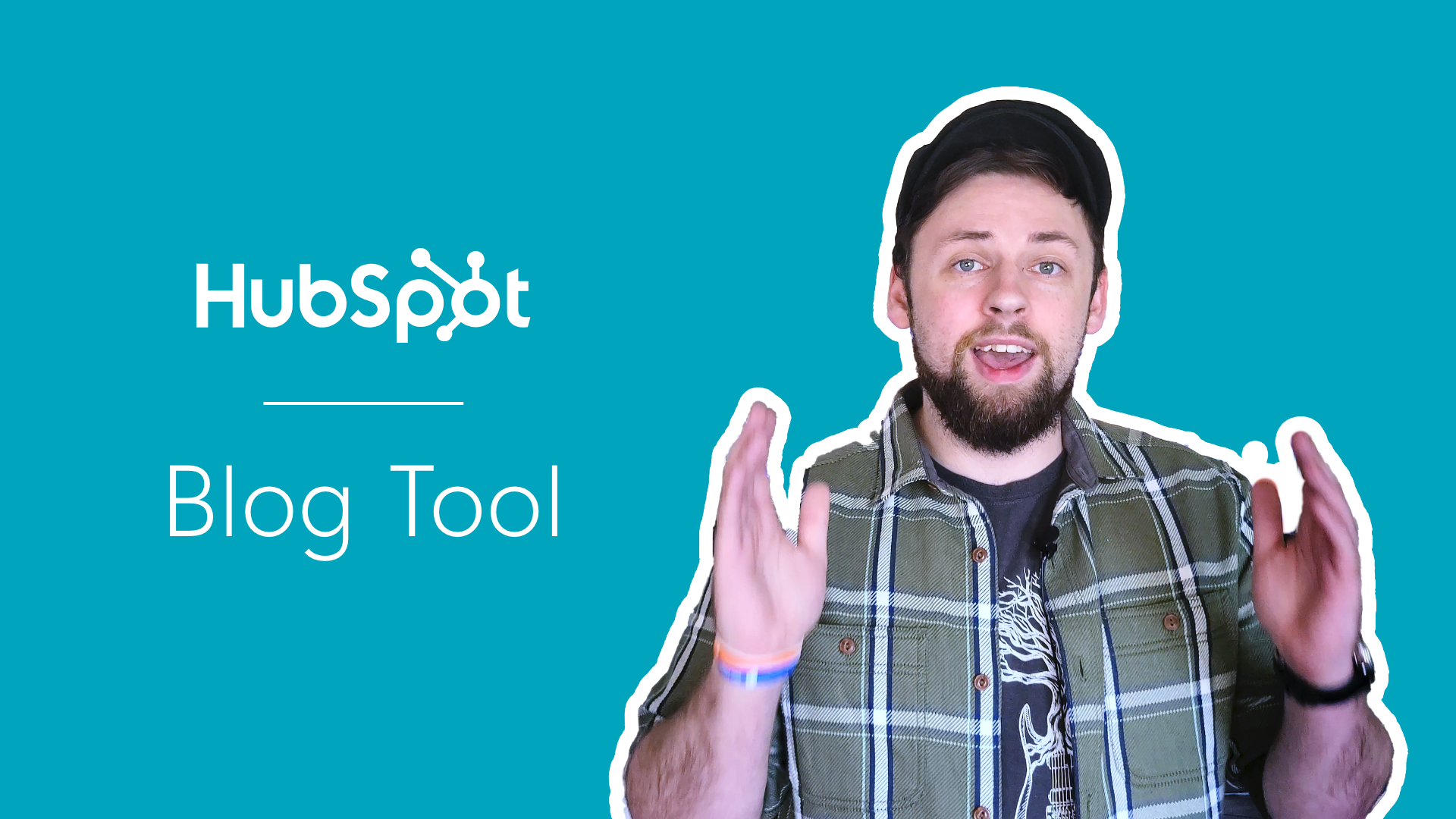In today's video, we will be exploring the HubSpot Workflows tool. We will help you understand the purpose of workflows, how to manage your workflows, and walk through a couple of examples to help you get started!
Resources:
Get started with workflows:
https://knowledge.hubspot.com/workflows/get-started-with-workflows
Create workflows:
https://knowledge.hubspot.com/workflows/create-workflows
Full Transcript:
Before we dive in, let’s talk a little about workflows in concept. Workflows are used in order to automate tasks that might normally be done manually and best used for actions that would have otherwise been performed over and over again. This can range from assigning contact properties, to sending internal reminders, to full length email drip sequences to help nurture your leads. And all of this can be triggered through user action. Let’s take a look.
To get to the workflows tool, simply click “Workflows” in the main navigation. If you do not see it, then it is probably located under the “Automation” tab. Once there, you will find a full list of workflows with some basic information. Organized from most recently editing to last.
Up top you will find a set of filters including view, user, and type. There are several types of workflows but we will be focusing on the most popular one, contact workflows. You can also export workflow data in order to do a more in depth report.
Workflows can be organized into folders by selecting a workflow and clicking “move to folder”. To create a new folder, simply click create folder in the top right. You’ll also find the button to restore deleted workflows for up to 90 days, and a button to create a brand new workflow. Now current workflows can also be edited or cloned by clicking here, but we are going to focus on creating new workflows.
After clicking “create workflow” you’ll have the option to use a template but we are instead going to start from scratch. The first step to creating a workflow is to decide on the enrollment criteria. The enrollment options are very similar to smart list creation which includes common filters like specific contact properties, list memberships, and most commonly: form submissions. After determining your enrollment criteria, next you will need to set your workflow actions. This can include things like sending an email, changing a property value, or adding someone to a list. Other options include setting a goal, which will unenroll a user form the workflow if they meet that goal and testing the workflow yourself to make sure everything is behaving as intended.
Under settings you have the option to set execution times, and unenroll/suppress people from this workflow or other workflows, if they meet specific criteria. Next is the performance tab so you can see how the workflow is performing, and finally the history tab, which will give you a detailed history of the actions of every contact who goes through your workflow.
Now that we have a basic understanding of the tools, let’s walk through a couple examples.
First, let’s say you wanted to send a follow up email to your user after they download an eBook. The enrollment criteria will consist of a form submission and the action will be sending an email.
To do this, select “form submission” from the enrollment criteria and find the form you want. Then you’ll want to determine whether or not you would like your workflow to allow for re enrollment.
Your decision here will depend on whether or not you would like to send a TY email to the same person twice, if they download the eBook more than once. In my opinion, since the TY email is directly ties to a user action and it’s possible that a user may download the guide more than once, I would allow for re-enrollment.
Next, you want to add a new action and select “send an email”. Then you’ll select the TY email that you should have made earlier, and you're done! Simple turn on the workflow and you should be good to go!
Now let’s try a more complicated workflow. Let’s say you wanted to send a series of three reminder emails for an upcoming event. This will require a form submission for the enrollment criteria, email actions and delays, and a special kind of workflow centered around the event date.
To get started, create a new workflow, and instead of clicking “create from scratch” click “ center on date” and select the date for your event. Then in the enrollment criteria select, form submission and then the sign up form for the event. In this case, since the event only comes once, I would not allow for re-enrollment.
Next, select the first date and time, leading up to the event you would like to remind your users. Then select” send email” as your action and select reminder #1. Then set another delay for the next time and date you want to send a reminder, set another email action, and so on. Once again, when finished, simply turn on your workflow.
Subscribe for more videos!
Recommended Videos
Everything You Need to Know About Themes in HubSpot
Host: Robert Gonzalez
Today we are going to be talking a look at one of...
Creating a Blog Post with HubSpot
Host: Robert Gonzalez
Today we are going to be taking a look at...
Create Your Own Chatbot Using HubSpot
Host: Matthew Fall
Today, we’ll be diving into HubSpot’s chatflow...




0 Comments
Topics: How to Use HubSpot, HubSpot Marketing Tools